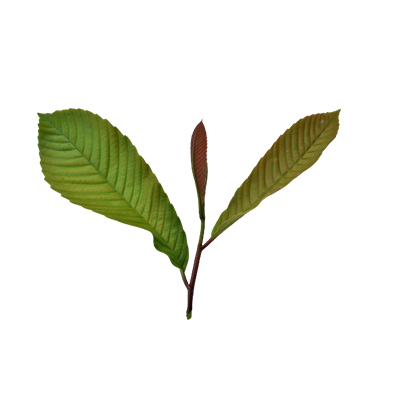Akar Ampelas Putih
Tetracera scandens (L.) Merr.
Dilleniaceae
Lokasi di taman kami
Utama
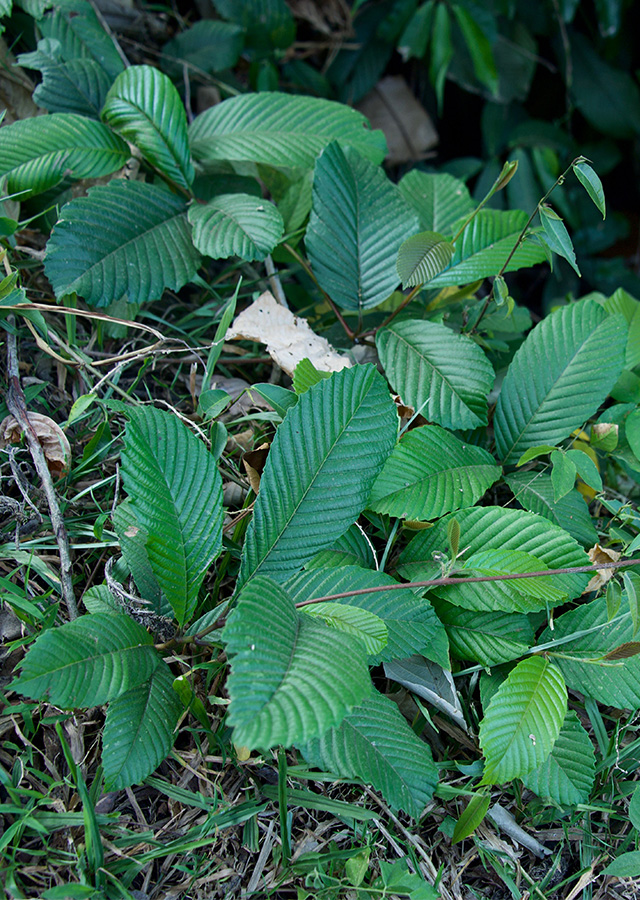
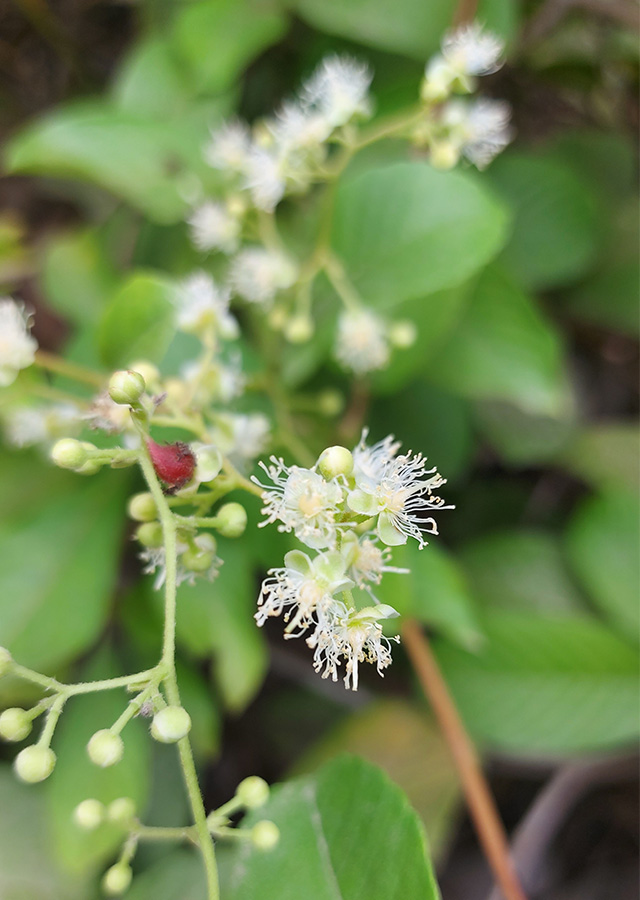
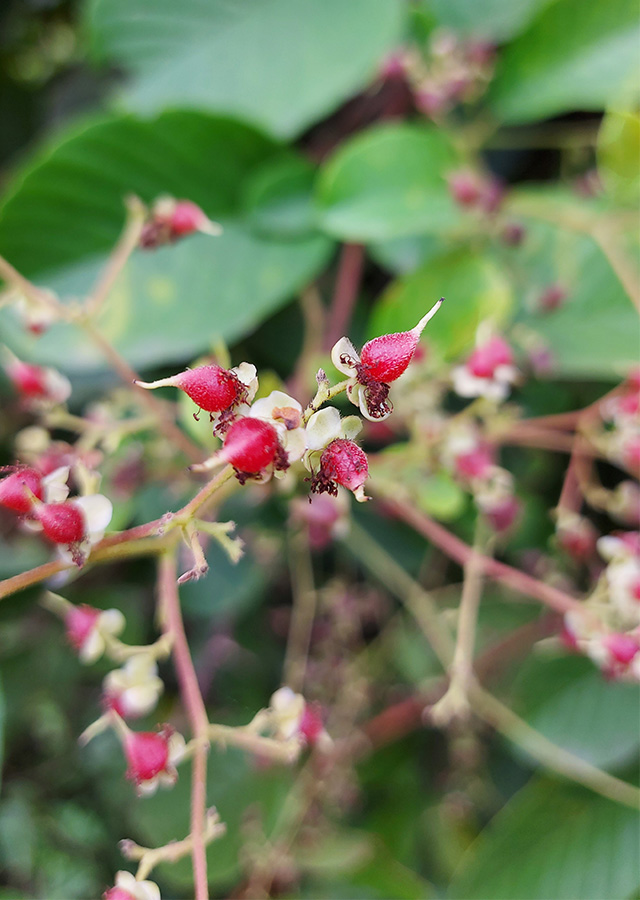
Sinonim
Delima aspera (Lour.) Blanco
Tetracera aspera (Lour.) Raeusch.
Trachytella actaea DC.
Habitus
Merambat. Tanaman merambat tahunan, berkayu, panjangnya mencapai 3-4 m
Bagian Yang Digunakan
Daun
Kulit Batang
Akar
Batang
Syarat Tumbuh
Matahari Penuh
Butuh Keteduhan
Habitat
Pinggiran Sungai
Hutan
Pesisir
Daerah Semak
Penyebaran Tanaman
Tanaman tersebar di seluruh China, India, Malaysia, Vietnam, Filipina, Myanmar, Thailand, dan Indonesia. Selain digunakan untuk tanaman obat, daun tanaman ini sering digunakan untuk menghaluskan hasil ukiran kayu atau papan kayu, batang nya juga sering digunakan untuk tali pengikat.
Nama Lokal
Akosempalay (Jambi), Akar mempelas (Melayu), Kasapan (Jawa), Rempelas (Aceh)
Agroekologi
Umumnya tumbuh baik di hutan sekunder terutama tepi sungai dan dekat pantai. Banyak ditemukan pada ketinggian 1.000 m dpl, dengan pH tanah dibawah 7. Tanaman ini memerlukan daerah yang teduh dan tanah subur.
Morfologi
- Batang tegak berkayu, silindris, diameter bisa mencapai 16 cm.
- Daun kasar, lonjong-bulat telur sampai lonjong-lonjong, panjangnya 6-12 cm, bergigi di pinggirannya.
- Bunga banyak, warna putih, berdiameter sekitar 8 mm dan ditanggung pada malai terminal dan aksila, panjangnya 10-25 cm.
- Buah bentuk bujur oval, runcing, panjangnya hampir 1 cm.
- Biji berbulu, bergigi.
Budidaya
- Perbanyakan generatif (biji).
- Belum dibudidayakan, umumnya tumbuh liar.
Kandungan Bahan Kimia
Flavonoid (kaempferol, quercetin, isocutellarein, hypoletin, astragalin), terpenoid, alkaloid, fenol, minyak esensial, tanin, neophytadiene, hexadecanoic acid, terpenoid (stigmasterol, betulinic acid).
Khasiat
Antidiare, antibakteri, hepatitis, pembengkakan dan asam urat, anti-HIV, disentri, bisul, sariawan, luka bakar, gigitan hewan berbisa, tonik, obat penenang, anemia, demam.
Simplisia
Belum tersedia
Bagian Tanaman Yang Dimanfaatkan
Ramuan Tradisional

1. Demam
- Cuci 5-7 lembar daun ampelas putih, cuci hingga bersih.
- Rebus daun dengan 2 gelas air hingga agak mendidih lalu angkat daun. Diamkan hingga hangat.
- Tempelkan daun pada dahi atau badan yang panas.
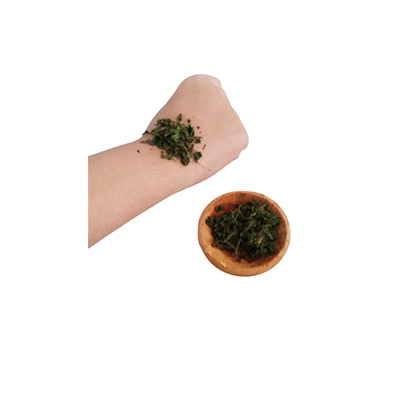
2. Menghilangkan gatal-gatal
- Ambil daun dan akar secukupnya, cuci bersih.
- Tumbuk bahan hingga halus.
- Oleskan pada kulit yang gatal.
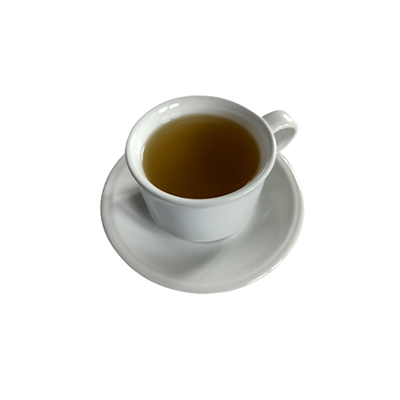
3. Tonik setelah melahirkan
- Ambil seluruh bagian tanaman secukupnya, cuci hingga bersih.
- Rebus hingga cairan berkurang setengahnya.
- Minum air rebusan tersebut.



